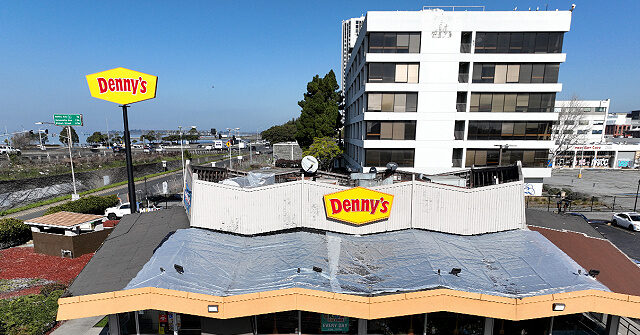Denny’s, the well-known American diner chain famous for its 24/7 service, announced significant changes to its operations, including the closure of 150 locations over the next year. During an earnings call, executives revealed that 50 of these restaurant closures would occur by the end of 2024, representing approximately 10% of Denny’s 1,375 locations in the U.S. The decision stems from financial strains caused by “underperforming restaurants” that have hindered overall profitability. Steve Dunn, Denny’s executive vice president and chief global development officer, indicated that the company would focus on locations deemed too old for remodeling or situated in economically unviable areas.
The COVID-19 pandemic has significantly reshaped the restaurant industry, prompting many chains, including Denny’s, to reevaluate their operating strategies. A notable shift in consumer behavior, including earlier dining times and decreased late-night alcohol consumption, has contributed to a sustained decline in business. As a result, Denny’s will also consider easing its requirement for franchises to remain open around the clock, with approximately a quarter of its locations not returning to 24/7 service since the onset of the pandemic. This trend aligns with a broader movement in the restaurant sector toward reduced operating hours, driven by rising labor and food costs.
In an effort to adapt to changing market conditions, Denny’s is also scaling back its menu from 97 items to just 46. This reduction is partly a response to emerging consumer behavior, particularly adults opting for kid’s menu items to save costs. These shifts mirror broader trends across the restaurant landscape, where many chains are grappling with the economic impact of inflation and changing customer patterns. Notably, Denny’s isn’t alone in its struggles, as other prominent chains have also faced closures and operational changes.
For instance, Rubio’s Coastal Grill recently shut down 48 locations in California, citing rising operational costs. Similarly, Hooters has closed numerous outlets, while Red Lobster closed over 100 underperforming locations in the U.S. These decisions have been attributed to inflated costs associated with running a restaurant in the current economic climate, largely stemming from pervasive inflation affecting food prices. Reports suggest that fast-food prices have risen, posing challenges for businesses and impacting consumer spending habits.
The inflationary pressures affecting the restaurant industry appear to disproportionately impact various demographic groups. According to the Centers for Disease Control and Prevention (CDC), consumption rates of fast food vary significantly across racial and ethnic groups. For instance, 42.4% of non-Hispanic Black adults and 37.6% of non-Hispanic White adults have been identified as fast food consumers, highlighting the broader implications of rising costs on food access and consumption behaviors among different demographics.
The correlation between fast-food inflation and political sentiment is also noteworthy, particularly in relation to the Biden administration’s handling of the economy. Surveys indicate that shifts in fast-food pricing may be influencing voting behaviors among key demographic groups. For example, a Wall Street Journal poll reported a notable increase in the likelihood of certain demographics, such as 30% of Black men, to support former President Donald Trump. This trend reflects a growing political concern linked to the current economic landscape, and it underscores the multifaceted impact of inflation on both individual consumers and broader social dynamics.

